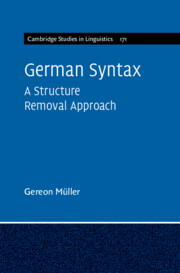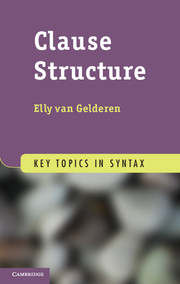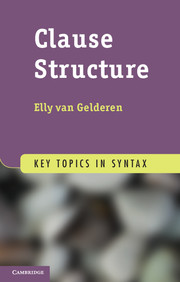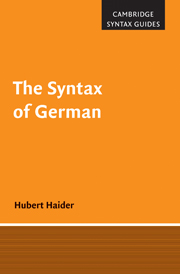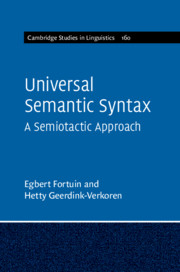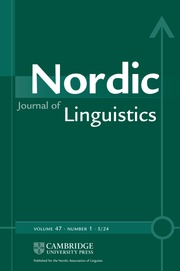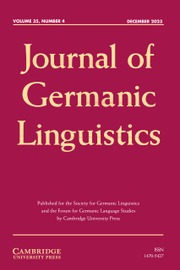German Syntax
Exploring the major syntactic phenomena of German, this book provides a state-of-the-art account of German syntax, as well as an outline of the key aspects of Chomsky's Minimalist Program. It is one of the first comprehensive studies of the entire syntactic component of a natural language within the Minimalist Program, covering core issues including clause structure, binding, case, agreement, control, and movement. It introduces a phase-based theory of syntax that establishes Remove, an operation that removes syntactic structure, as a mirror image of Merge, which builds syntactic structure. This unified approach resolves many cases of conflicting structure assignments in syntax, as they occur with passivization, restructuring, long-distance passivization, complex prefields, bridge verbs, applicatives, null objects, pseudo-noun incorporation, nominal concord, and ellipsis. It will pave the way for similar research into other languages and is essential reading for anyone interested in the syntax of German, syntactic theory, or the Minimalist Program.
- Includes a state-of-the-art description of major syntactic phenomena of German, which are presented in a highly systematic manner centered around core minimalist operations
- Provides one of the first comprehensive studies of the entire syntactic component of a natural language within the Minimalist Program
- Establishes Remove as a mirror image operation of Merge in minimalist syntax, offering a new tool for resolving the many cases of conflicting structure assignments in syntax
Product details
March 2025Hardback
9781009518031
398 pages
229 × 152 mm
Not yet published - available from February 2025
Table of Contents
- Acknowledgements
- Introduction
- 1. Structure building
- 2. Structure removal
- 3. Passive
- 4. Restructuring
- 5. Long-distance passive
- 6. Complex prefields
- 7. Further phenomena
- 8. Concluding remarks
- References
- Index.

